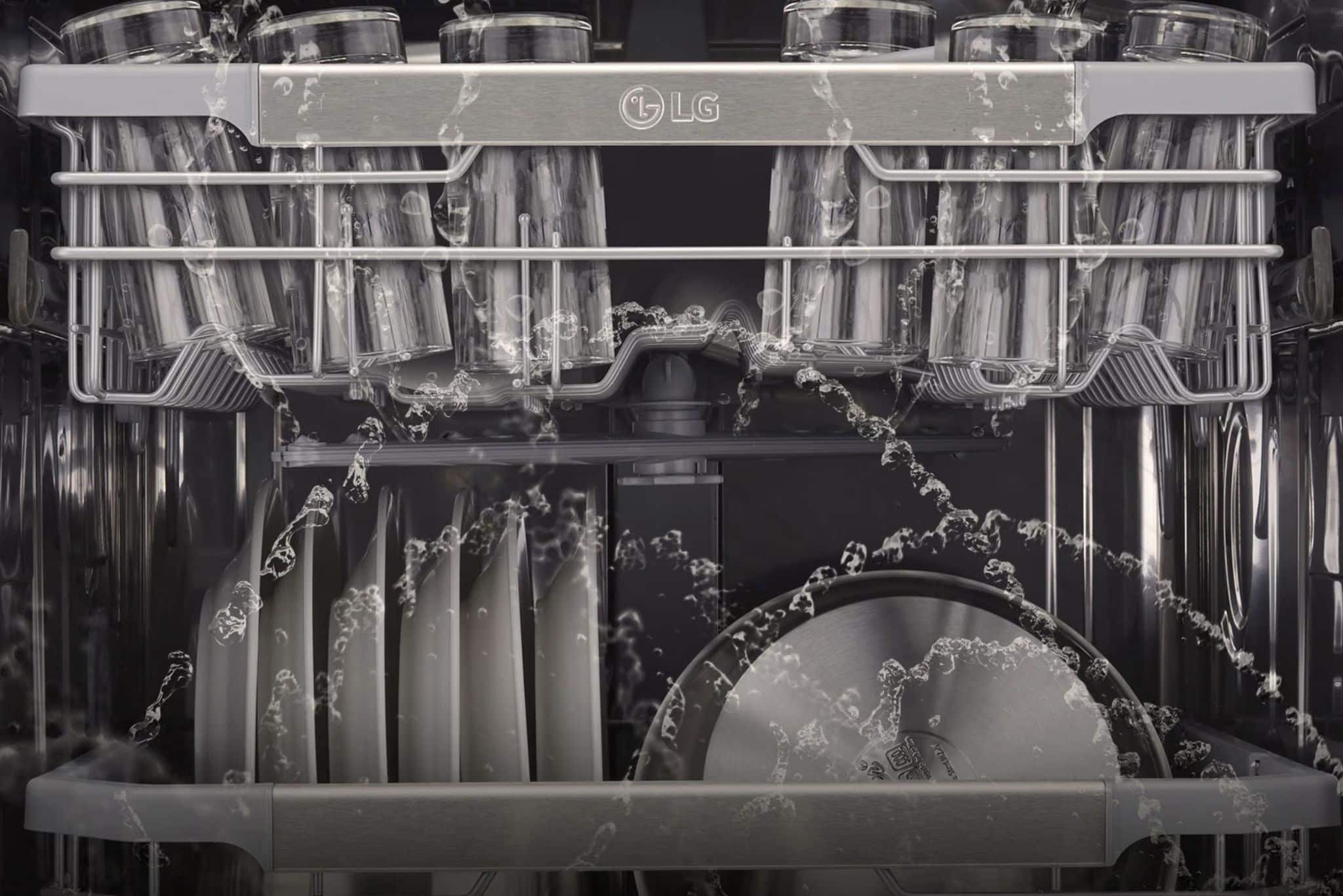The Complete Guide to LG Australia Spare Parts and Repairs

If LG is your favourite brand for household appliances, then you need to know how to maintain them so they operate at optimum levels. Learn how to maintain your appliances and tips for sourcing genuine LG Australia spare parts.
Identifying genuine LG replacement parts
If your LG appliance needs repairs, you’ll want to use genuine spare parts to ensure performance, safety, and warranty compliance. Here are some tips for identifying genuine LG replacement parts.
1. Check for official branding
Genuine parts will always have the LG brand’s official logo and markings. To identify counterfeit parts, look for altered logos, misspelled brand names, or no branding.
2. Verify the part number
Every LG spare part has a unique part number. You can search for this number in the appliance’s user manual or on the LG website. Cross-check this number with the number printed on the part and packaging.
3. Examine the packaging
Authentic LG parts come in high-quality packaging with the official LG branding and labelling. If label printing is poor, fonts are inconsistent, or the packaging is missing the manufacturer’s details, the parts are inferior copies.
4. Purchase from authorised spare parts dealers
You can avoid inferior copies or counterfeit parts by always purchasing authentic LG spare parts from wwspares.com.au, or from an authorised LG service centre.
You can avoid inferior copies or counterfeit parts by always purchasing authentic LG spare parts from wwspares.com.au, or from an authorised LG service centre.
5. Look for certification marks
Genuine LG parts may have certification marks or QR codes that verify authenticity. Sometimes you can scan them to confirm if the parts are legitimate.
Maintenance and troubleshooting tips for LG appliances
Maintenance and troubleshooting your LG appliances can extend their lifespan and ensure they perform efficiently for years. Here are some maintenance tips and common troubleshooting techniques.
A. Maintaining your LG fridge

Image credit: JB Hi-FI
Maintenance
- Keep the door seals clean to prevent air leaks.
- Have a professional clean the condenser coils every six months to improve efficiency.
- Set the temperature to the recommended levels of 4 degrees for the fridge and -18 degrees for the freezer.
Troubleshooting
- Water Leak: Ensure the fridge is level and check the drain tube for blockages.
Fridge Not Cooling: Ascertain that the temperature levels are correct and check for blockages in the vents.
B. Maintaining your LG washing machine
Maintenance
- Clean the filter and detergent dispenser regularly.
- Run an empty cycle using an approved LG cleaner to prevent mould buildup.
- Avoid overloading the washing machine.
Troubleshooting
- Excessive Vibration: Check that the machine is on level ground and that clothing is evenly distributed inside the drum.
- Washing Machine Not Draining: Check for clogs in the filter or drain hose.
C. Maintaining your LG air conditioner
Maintenance
- Schedule professional servicing and cleaning every twelve months.
- Clean the air filter every few weeks for optimal airflow.
- Ensure the outdoor unit is free from dust, leaves, and debris.
Troubleshooting
- Water Dripping Inside: There may be a block in the drain pipe.
- AC Not Cooling Efficiently: Check for dirty air filters and that the thermostat is on the right temperature.
D. Maintaining your LG dishwasher

Image credit: JB HI-FI
Maintenance
- Only use quality dishwasher detergent to avoid residue buildup.
- Rinse dishes before loading them into the machine.
- Clean the spray arms and filters monthly.
Troubleshooting
- Dishwasher Not Draining: Check the drain hose and filter for blockages.
- Dishes Not Coming Out Clean: Check that the spray arms are not obstructed by the load and wash on a hot water cycle.
E. Maintaining your LG microwave and oven
Maintenance
- Wipe down the interior after each use.
- Check door seals are clean.
- Clean with mild detergent to avoid damage to seals and the interior.
Troubleshooting
- Uneven Baking: Ensure the racks are in their correct positions and not overloaded.
- Microwave Not Heating: Test on a different power point and check that the door latch is closing correctly.
